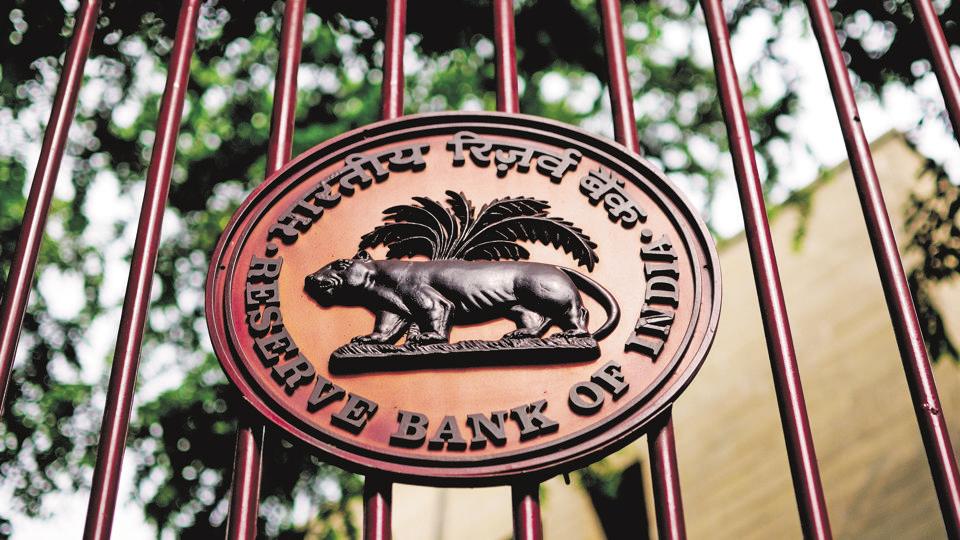
Standard of Reserve Bank of India
The RBI was first established on April 1, 1935, and nationalized in 1949. The RBI government is governed by RBI law. Their daily affairs are in charge of the Board of Directors elected by the government.
Functions OF RBI
- The issuer of the currency: the RBI is the only authorized body that can issue currency in the country. Then they print, distribute and regulate the flow of currencies in the economy.
- Government Banker: Even the central and state government need basic banking functions. The RBI provides these facilities such as depositing money, remittances, etc. You can also make advances and grant loans to the government when necessary.
- Provides financial assistance to these banks, such as short-term loans and advances. The RBI will also dictate interest rates and CRR limits to commercial banks.
- Currency regulator: it is the function of the RBI to maintain the value of the rupee in the global economy. It does so by acting as custodian of the foreign exchange reserves in the country. It maintains enough reserves to fight fluctuations
- It controls credit in the economy: it can be said that this is the main function of the Reserve Bank of India, credit control and money in the market. It uses qualitative and quantitative methods to expand or contract the available credit in the economy according to the circumstances.
How does the Reserve Bank of India make money?
- RBI is one of the largest insider operators in the currency and currency markets. If you were a forex trader and knew that the RBI was going to intervene and sell dollars, that information would help you earn tons of money since the RBI has the ability to change the direction of the markets. Now RBI knows when and how much it will sell. Consider that a year ago there was a large number of dollars that came in, so RBI bought them to prevent the rupee from increasing too much. A year later, when the rupee is under pressure, the RBI watches until the rupee weakens to 74 and then sells a lot of dollars. The result, the rupee goes back to 69, at which time RBI can slowly resume the purchase of dollars. The same goes for government bonds.
- RBI is the Reserve and Deposit Capital of the Government and the banks as its source of funds. RBI lends to banks and the government, invests in securities and performs repurchase operations, and obtains income as income in addition to discounts on public debt management charges, etc. and get profit. RBI prints coins on presses owned by SPMC, a government organization and BRNB, a subsidiary of its property. The coins are minted by Govt Mints and RBI puts them into circulation.
Reserve Bank is the bank of bankers and government banker. It is the ticketing authority and regulator of the country’s monetary policy. It acts as a regulator of the banks and custodians of the country’s foreign exchange reserves. Regulate banks through repo and reverse repo rates by changing the interest rate. It controls inflation and helps companies and industries in times of depression. It also maintains the stability of the rupee in the currency markets.
Share:



